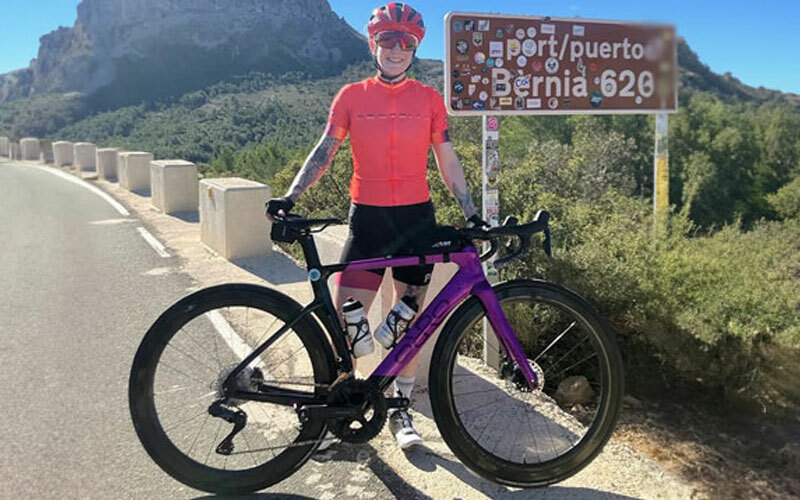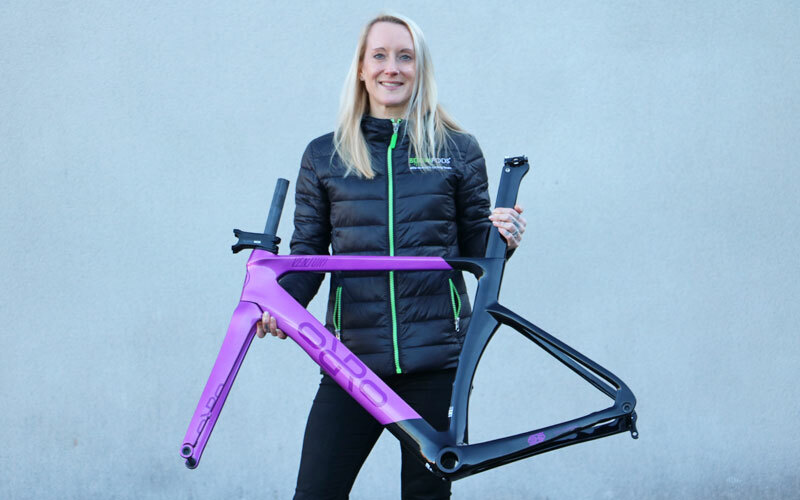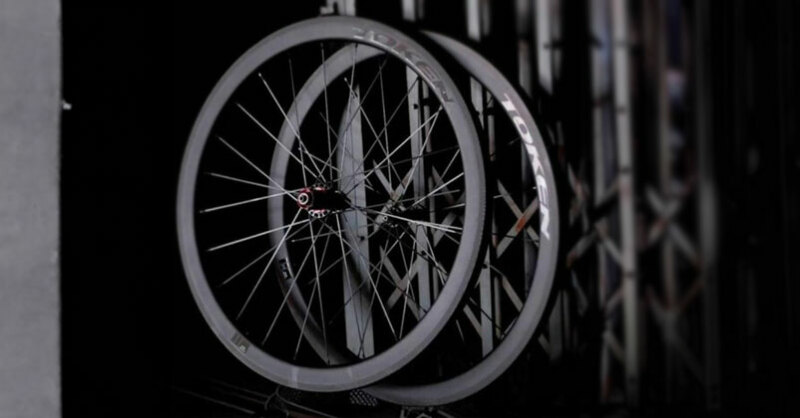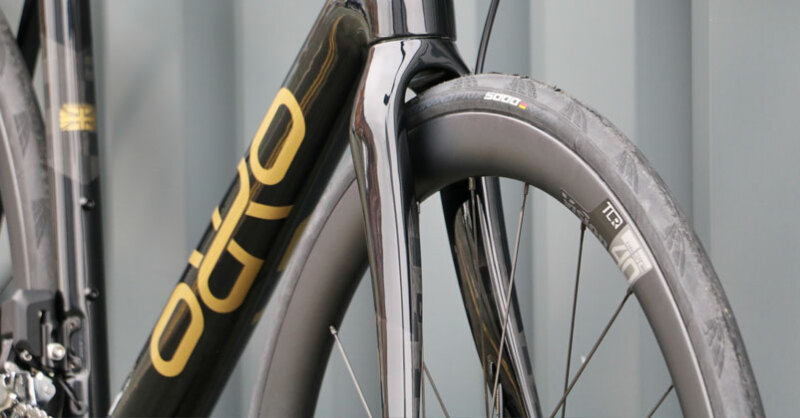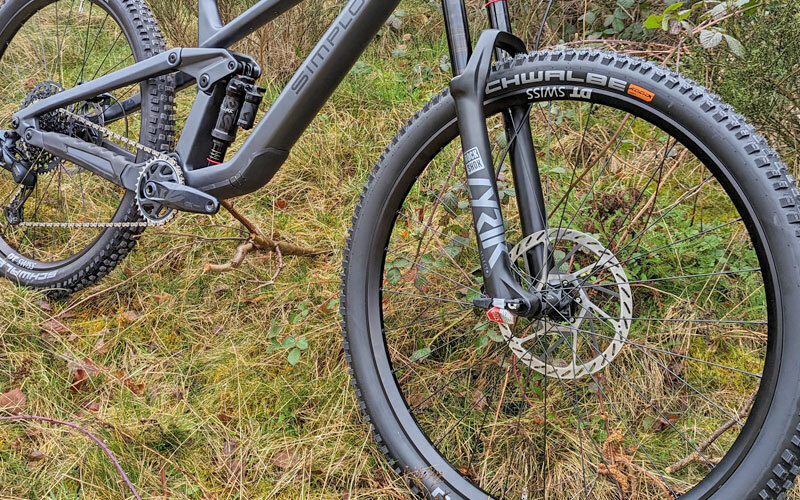Locks & Security Guide
As bikes have become a more popular transport option again in recent years, locks and bike security have become more important too. Having a good, solid lock and taking care in how and where you lock your bike, can have a huge impact on the likelihood of your bike remaining where you parked it.
.jpg)
Types of Locks
Locks come in a few different styles. The type of lock which would be best for you and your bike depends on what you look for in a lock.
U / D Lock
U / D locks get their name from their shape. Made from hardened steel, they are extremely tough to cut or force open. The downside compared to some other locks is that the thing that makes them super-tough – hardened steel, can also make them quite heavy to carry around.
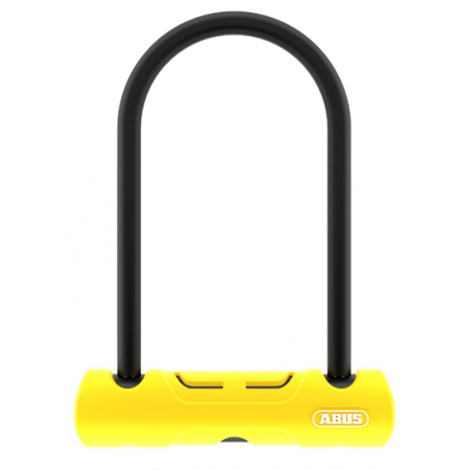
Chain / Padlock
Chain & padlock style locks can also be extremely tough, especially with thicker hardened steel links coated in a rubber / plastic housing, matched with a substantial padlock / Number combination lock. Some chain / padlocks are wearable, which adds a bit more flexibility in terms of carrying the lock.
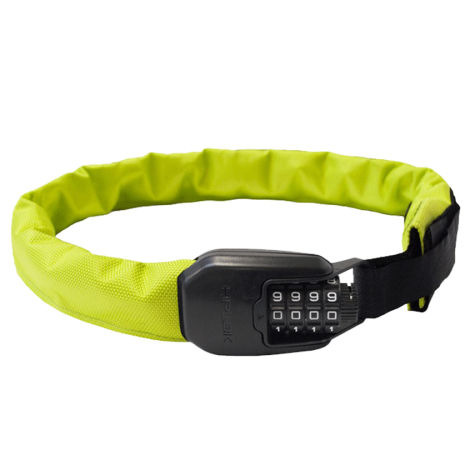
Cable Lock
Made from intertwined steel cables coated in a soft touch coating, cable locks are usually lighter than chain locks, they are usually flexible and can be longer in length – allowing both wheels to be looped together with the frame.
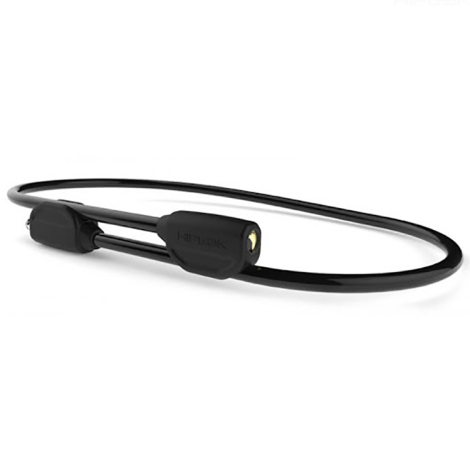
Folding Steel Bar
Folding steel locks are made from hardened steel bars which join together with flexible joints allowing the lock to be folded and take up less space, whilst still being very tough.
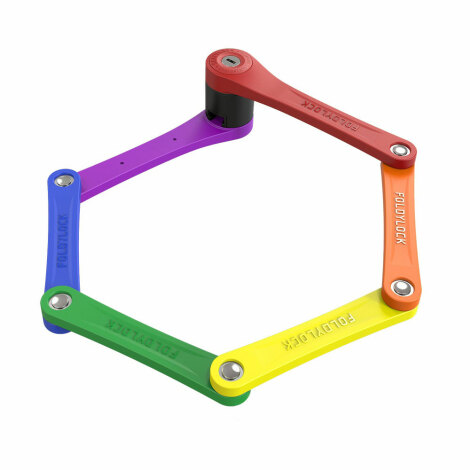
Ground Anchors
Fitting a ground anchor where you lock your bike at home (in the shed or garage), is the most secure way to ensure your bike is safe at home.
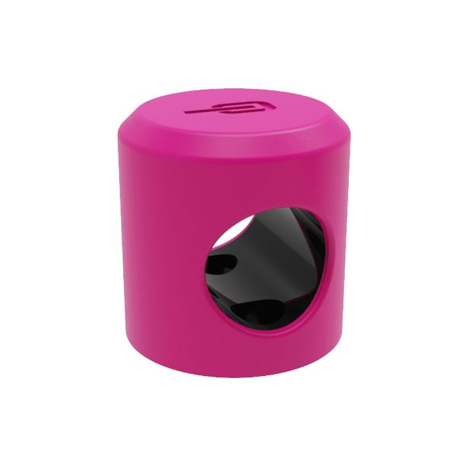
GPS Tracker
GPS tracker’s are the best way to know exactly where your bike is. Tracker’s fit invisibly into your bike, the Sherlock GPS tracker, for example, fits inside the handlebars – either flat bar or drop handlebars.
![]()
Lock Jargon
The world of bike locks uses a whole load of product specific jargon, which can be tricky to get your head around. Here’s what it all means.
Key / Multiple Keys
There are several alternative types of key used by different manufacturers. However, they all work the same way, by aligning pins or discs inside the lock to allow release.
Protection
When it comes to locks, protection is the stuff coating the metal lock which stops your bike getting scratched and chipped. Manufacturers use different coatings to protect the lock from damaging, including rubber, cloth and high density sponge.
Shackle
The shackle is the part of the D or U lock which loops around an immovable object and protects your bike.
Lock barrel
The barrel is the part of the lock which the key fits into. A weighty lock barrel is a good sign that the barrel is made from hardened steel and would be tough enough to withstand a well-tooled up thief.
Links
Chain locks are made up of links – loops of hardened steel. Smaller diameter holes in the centre of the links make the chain harder to break with tools.
Maintenance
Locks tend to get used, taken for granted and forgotten about when it comes to maintenance. However, a quick squirt of light oil lube or water repellant can ease the lock action and keep the lock working efficiently for longer.
Warranty
Lock warranty covers the actual lock, not your bike or you. The warranty should cover the locking mechanism seizing or the lock falling apart under normal use.
Anti-Theft Guarantee
The lock manufacturer Kryptonite introduced an Aniti-Theft Guarantee to cover some of their locks. Whilst it does make the locks a little more expensive, it does offer an extra level of peace of mind when locking up your bike.
Other Bike Security Tips
Looks
Just like magpies are attracted to steal shiny things, bike thieves like flashy looking bikes. If you regularly park your bike somewhere in public, make it look unattractive and less worthwhile to steal by added duct tape. Covering up the brand with tape also serves the purpose of protecting the frame tubes from lock scratches too. Remove any accessories which add value to your bike, these can be easily be removed by a thief and sold-on too.
Parking
If you have to leave your bike out in public, try to lock it somewhere with lots of people walk past or under coverage of a CCTV camera. Thieves are less likely to use heavy tools on locks if there is a stream of foot traffic passing. Using an extra lock, making sure both wheels are locked to an immovable object will also make thieves think twice about stealing your bike.
Work
If you ride to work, try to find somewhere inside your work building to lock your bike. As more people ride to work, there might be enough demand for bike parking. HR departments in bigger companies see value in riding to work as it helps keep the workforce healthier and more productive.
Home
Depending on where you live, it may well be advisable to lock your bikes in your garage or shed. Anchor points can be bolted or concreted in, they are ideal for locking bikes using D locks or chains. Home security features such as security lights where bikes are stored can add another deterrent. If you use online training platforms, such as Strava, and share pictures of your bike(s) online, be sure to start and finish rides away from your house to make sure your bikes can not be tracked to where you live.
Insurance
Most household insurance policies will only pay out a small proportion of your expensive bike’s value. If you live and ride in a high theft risk area, and have expensive bikes, consider getting specific bike insurance.

.JPG)
